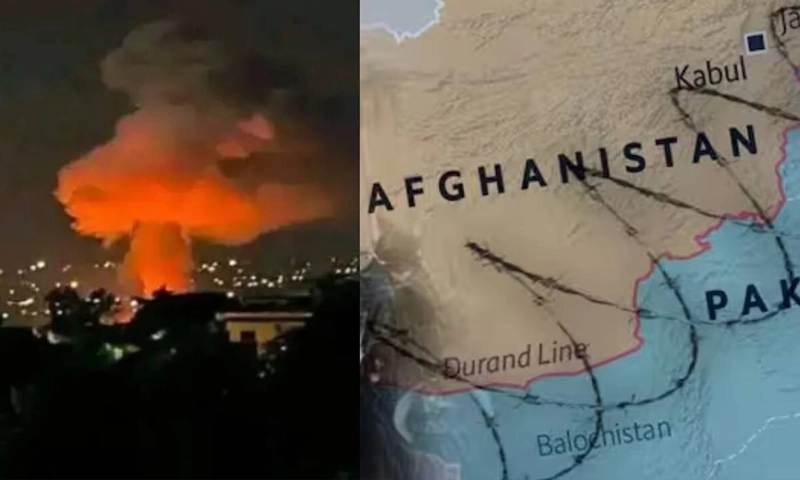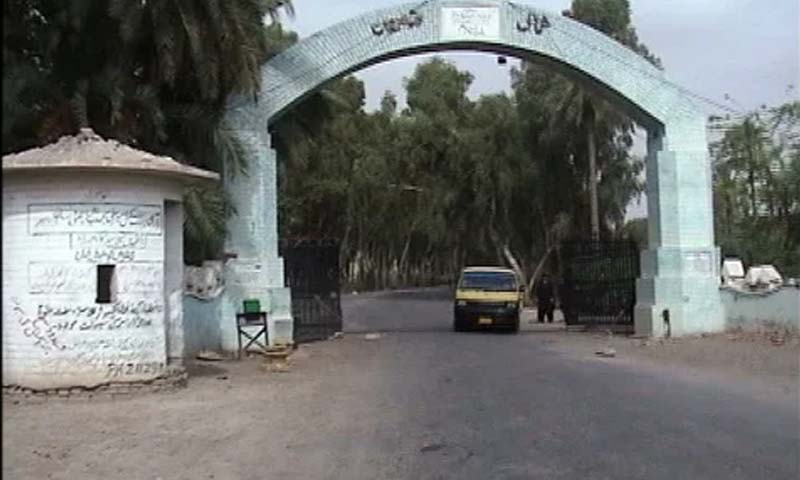- Web Desk
- 36 Minutes ago
72 most wanted bandits lay down arms in Sindh’s Kacha areas
-
- Web Desk
- 2 Hours ago

SUKKUR: In a major breakthrough for Sindh’s peace and security efforts, 72 notorious bandits from the Kacha (riverine) areas laid down their arms and joined the national mainstream under the provincial government’s “Surrender Policy 2025”.
The surrendered outlaws handed over more than 200 weapons, including 62 G3 rifles, 97 SMGs, 48 double-barrel guns, seven RPGs, and two heavy weapons — an anti-tank RR-75 and a 12.7mm anti-aircraft gun. Collectively, their heads carried bounties exceeding Rs60 million.
The development follows the success of the five-month-long Garhi Tegho operation, during which 107 hostages were also recovered.
Sindh Home Minister Ziaul Hassan Lanjar lauded the police, Rangers, and law enforcement agencies for the “historic achievement,” while also paying tribute to the martyrs of Sindh Police.
The ceremony was attended by Sindh Police Inspector General Ghulam Nabi Memon, DIGs from Larkana and Sukkur, senior police officers, and lawmakers including Imtiaz Ahmed Shaikh, Shehryar Mahar, Abid Bhayo, and Gul Muhammad Jakhrani.
Among those who surrendered were some of Sindh’s most wanted bandits. They are Nisar Sabzoi (82 cases; Rs3 million bounty); Ladu Teghani (93 FIRs; Rs2 million bounty); Sukhiyo Teghani (49 cases; Rs6 million bounty); Sonaro Teghani (26 cases; Rs6 million bounty); Jummo Teghani (24 cases; Rs2 million bounty); Milun alias Wajo Teghani (29 cases; Rs3 million bounty); Gulzar Bhuro Teghani (14 cases; Rs3 million bounty); Ghulam Hussain alias Namu Teghani (Rs300,000 bounty) and Noor Din Teghani (6 cases; Rs1.5 million bounty).
The Sindh government also announced plans to provide education and healthcare facilities in the Kacha areas, along with skill development and job opportunities for the children of surrendered dacoits, helping integrate them into mainstream society.
Earlier, more than 260 bandits operating in the Katcha areas along the Indus River had contacted police, expressing willingness to surrender, provided the government facilitated their reintegration into society.
The earlier floods in the riverine areas were reported to be a major factor behind the outlaws’ desire to lay down arms.





